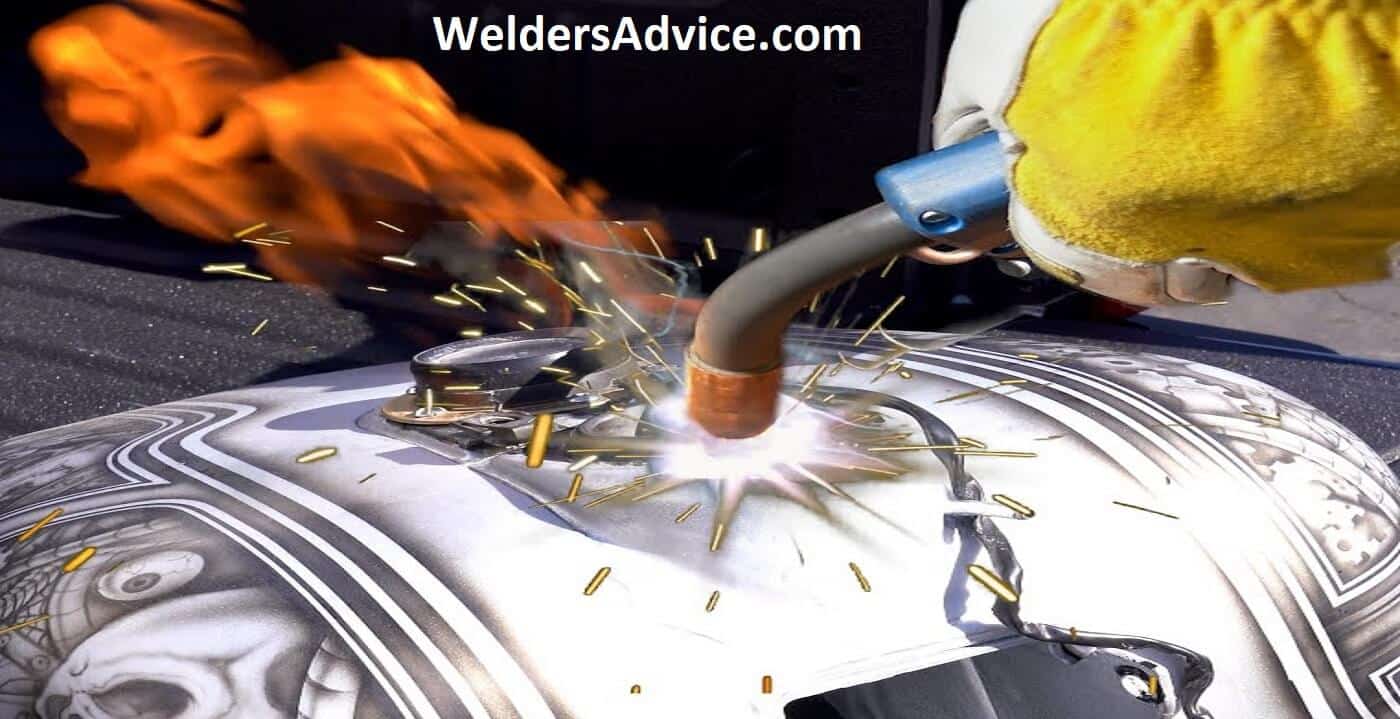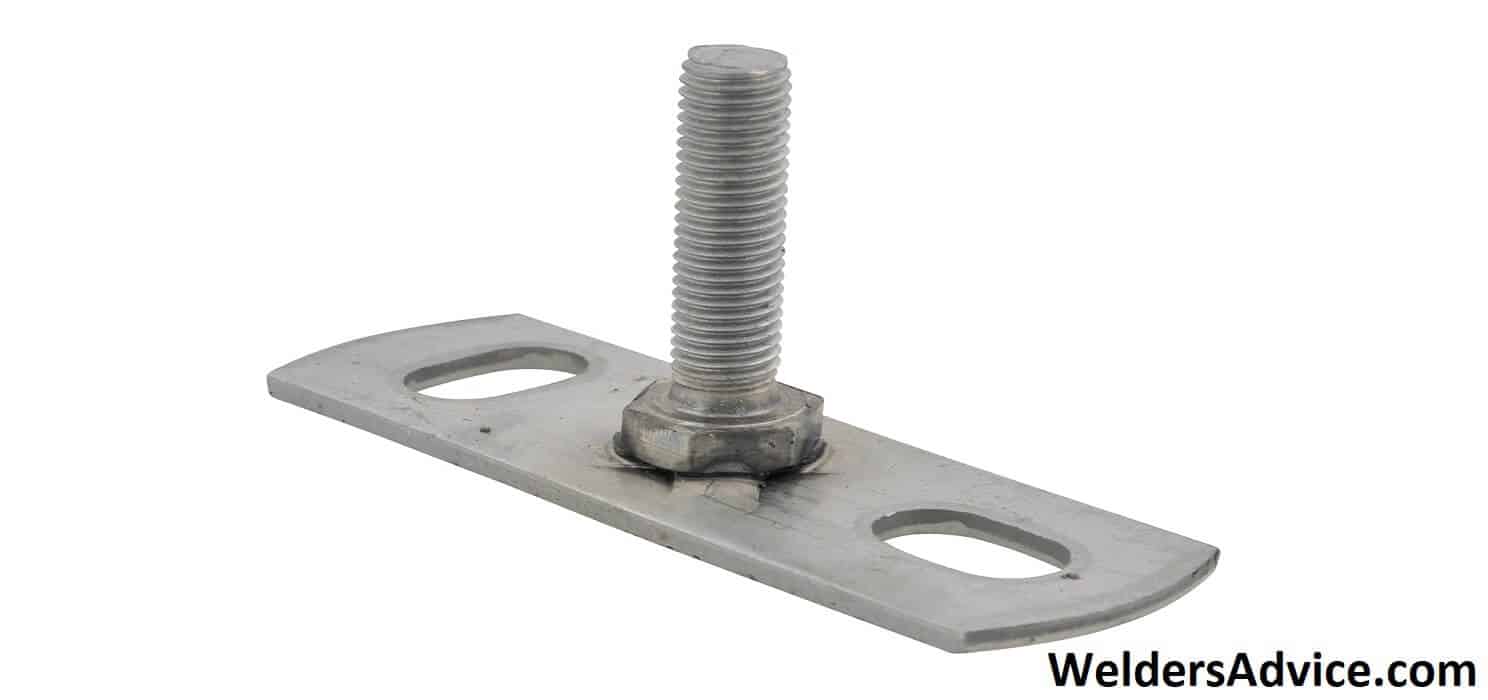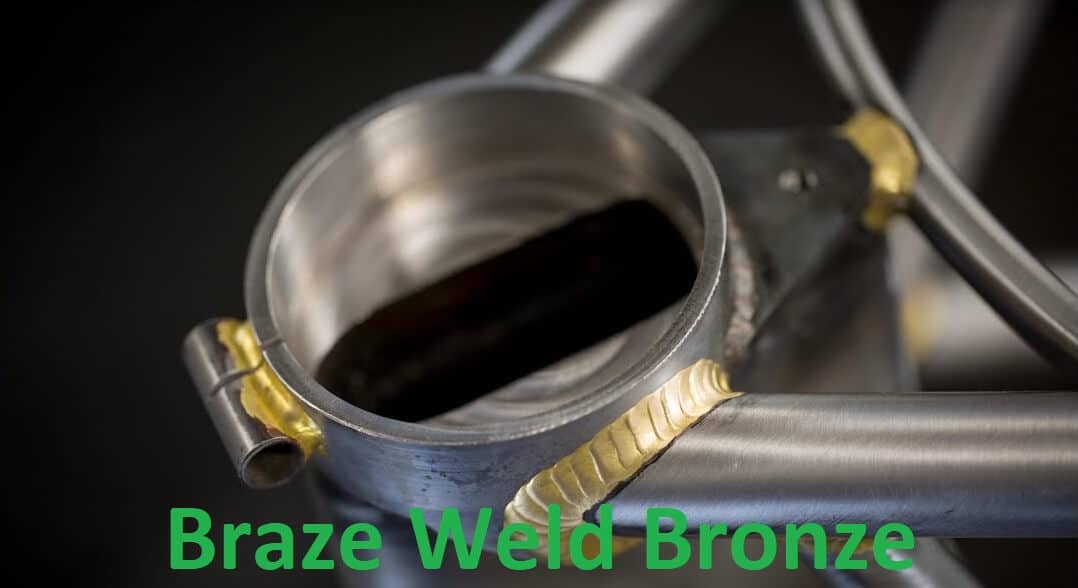To braze weld cast iron, use a low-fuming bronze filler metal and a neutral flame to heat the material evenly. Braze welding of cast iron requires a thorough understanding of the material, as it is prone to cracking and distortion due to its high carbon content.
Cast iron is a strong, but brittle material, which can make welding it difficult. However, with the right tools and procedures, you can braze weld cast iron effectively. One of the most important things to remember is to use a low-fuming bronze filler metal along with a neutral flame to heat the material evenly.
It’s also essential to have a thorough understanding of the material, as cast iron is prone to cracking and distortion due to its high carbon content. In this article, we’ll discuss the steps you need to follow to braze weld cast iron and provide some useful tips to ensure a successful outcome.
- How To Braze Weld Cast Iron
- Tips And Tricks
- Common Mistakes To Avoid While Braze Weld Cast Iron
- Non-Destructive Tests
- Destructive Tests
- Frequently Asked Questions On How To Braze Weld Cast Iron
- What Safety Precautions Should I Take When Braze Welding?
- What Are Some Common Mistakes To Avoid When Braze Weld Cast Iron?
- How Do I Know If I Am Using The Right Brazing Rod For Cast Iron?
- Final Thoughts on Braze Weld Cast Iron
How To Braze Weld Cast Iron
Materials And Equipment
Braze welding cast iron is a process that requires specific materials and equipment. Before you begin, it is crucial to identify the type of cast iron you are working with to determine the appropriate filler metal. Tools required for braze welding include a heat source, torch, and flux.
Understanding filler metals and their compatibility with cast iron is crucial in creating a strong bond. Selecting the right flux is also important to ensure proper bonding and to avoid any oxidation during the process. By following these guidelines, you can effectively braze weld cast iron with the right materials and equipment for a successful outcome.
Preparing For Braze Welding
To effectively braze weld cast iron, it is crucial to adhere to safety guidelines. Wear protective equipment like gloves, goggles, and a mask. Prior to welding, clean the surface with a wire brush to remove rust, oil, and other impurities.
Preheat the cast iron with a torch to avoid cracking. Apply flux to the joint to remove any remaining impurities and prevent oxidation. When handling filler material, use the appropriate rod for cast iron and follow the manufacturer’s instructions. Following these steps will help you achieve a strong and secure weld.
Be sure to handle all equipment with caution and follow all safety regulations to avoid accidents and injuries.
The Torch Method
Brazing welding is a popular technique for joining cast iron. Among the various methods available, the torch method is commonly used. It involves utilizing either propane or mapp torches, and each method has its advantages and disadvantages. While the propane torch is relatively less expensive, the mapp torch works faster and at higher temperatures.
However, the process requires a certain level of skill and expertise; the temperature must be raised gradually to avoid cracking the material. Understanding the torch method is important for those looking to repair or join cast iron objects. Choose the method and torch that best suits your needs and handle with care.
The Induction Method
Braze welding cast iron can be accomplished using the induction method. Understanding the induction method is crucial to the success of the welding process. Coil selection is also an important consideration when using induction. The advantages of induction welding include speed and precision.
However, there are also disadvantages, such as the need for electricity and the high cost of equipment. Be sure to weigh the pros and cons of the induction method before deciding if it is right for your welding needs. With the correct equipment and knowledge, anyone can become successful in braze welding using the induction method.
Tips And Tricks
Brazing welding cast iron successfully needs proper guidance and advanced techniques. Controlling the heat is pivotal as overheating can lead to the cracking of cast iron. The filler metal must be placed accurately to avoid porosity and weak joints. Reactive flux is not advised since it can lead to brittleness and a decline in fatigue resistance.
Non-reactive flux is a superior choice because it conducts heat more efficiently. The final finishing touch should be silky smooth to produce a graceful appearance. Learn more about brazing welding cast iron to achieve high-quality results.
Common Mistakes To Avoid While Braze Weld Cast Iron
When brazing welding cast iron, there are several common mistakes you should avoid. Overheating the cast iron can lead to warping and cracking. Proper flux application is crucial for successful braze welding. Make sure to use the correct filler material to prevent weakening the cast iron.
Before brazing welding, clean and preheat the cast iron to ensure a strong bond. Remember to take your time and follow these steps to avoid any mistakes and ensure a successful braze weld.
Non-Destructive Tests
Visual inspections are the most basic and common form of non-destructive testing for braze welding cast iron. This method monitors the integrity of the joint, without destroying the item being inspected. The magnetic particle inspection technique involves the application of a magnetic field and the application of ferromagnetic particles that allow the detection of any irregularities or defects.
Dye penetrant inspection is another non-destructive testing method in which a dye is applied to the joint surface. It is then wiped and a developer is applied that exposes the dye to any defects. These non-destructive testing techniques provide a reliable way to determine the integrity of a braze welding joint without the need for costly destructive testing.
Destructive Tests
Braze welding cast iron is no easy task, but it’s a necessary one under certain circumstances. To test the integrity of the braze weld, destructive tests should be performed. The tensile test involves creating a tension force on a material until it breaks, allowing for the measurement of the force needed to break it.
The flexural test is designed to examine the strength and stiffness of materials, where a sample is subjected to a three-point bending test. Both tests aid in determining if the braze weld is strong enough for its intended purpose. It’s important to note that these tests are essential for quality assurance and to ensure the safety of any products where the braze weld might be essential.
Frequently Asked Questions On How To Braze Weld Cast Iron
Can You Braze Weld Cast Iron?
Yes, you can braze weld cast iron using a brazing rod with a nickel content of 55% or higher. The nickel content in the brazing rod provides a stronger bond and helps prevent cracking during the cooling process.
What Are The Advantages Of Braze Welding Over Other Welding Techniques?
Braze welding offers several advantages over other welding techniques such as no preheating required, ability to join dissimilar metals, and the ability to repair parts with delicate features.
What Safety Precautions Should I Take When Braze Welding?
Always wear protective clothing, such as gloves and eye protection, to prevent burns and exposure to UV rays. Make sure the welding area is well-ventilated and keep a fire extinguisher nearby in case of any accidental fires.
What Are Some Common Mistakes To Avoid When Braze Weld Cast Iron?
Some common mistakes to avoid when braze weld cast iron include overheating the metal, not allowing the part to cool slowly, and using the wrong brazing rod. It is important to follow the manufacturer’s instructions and use the correct brazing rod for the type of metal being welded.
How Do I Know If I Am Using The Right Brazing Rod For Cast Iron?
Make sure to check the nickel content of the brazing rod and ensure it is 55% or higher. It is also important to match the diameter of the brazing rod to the thickness of the metal being welded. Always refer to the manufacturer’s instructions and consult with a professional if unsure.
Final Thoughts on Braze Weld Cast Iron
After learning how to braze weld cast iron, you can confidently repair your engine block or any other cast iron component. Brazing is a cost-effective and efficient way of repairing cast iron parts, saving you the trouble of costly replacements.
Remember to choose the right flux, filler metal, and preheat temperature when brazing weld cast iron. You should also aim to keep the welding area clean and free of contaminants for an efficient and successful braze weld. Properly braze welded parts will have similar mechanical properties and strength as the original cast iron.
By mastering this process, you will not only save yourself from costly repairs, but also earn an extra skill that can be profitable. So, why wait? Go ahead and try out this braze welding technique to repair your cast iron parts, it is a skill that will serve you for a long time!




